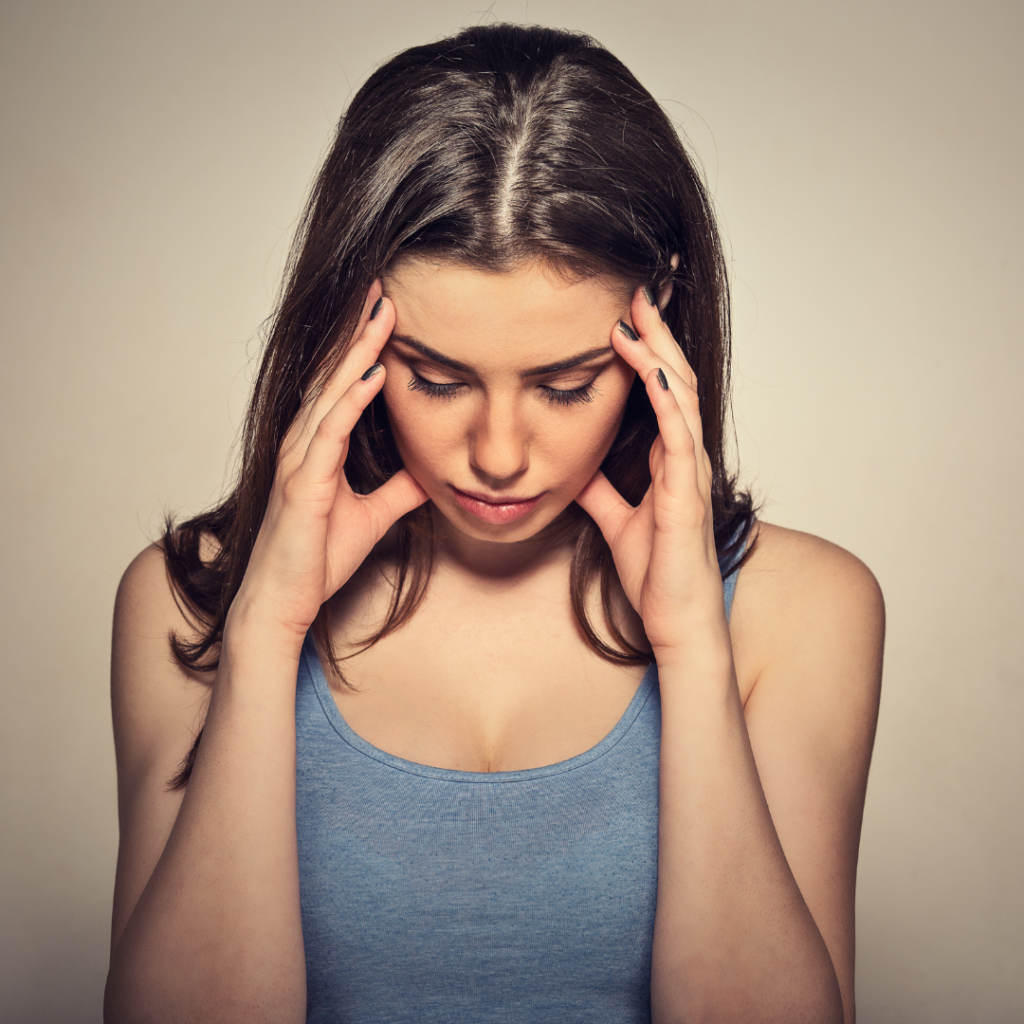

What to do when you have Anxiety…
WHAT IS ANXIETY?
Anxiety is a natural response to life stressors. Anxiety is experienced cognitively, emotionally and physically. It can be experienced from mild to severe depending on the person and the circumstances triggering it. Anxiety might be manageable to some, while for others it can interfere with life and daily functioning.
Symptoms of anxiety include:
- Worry, fear, feeling of being “on edge”
- Irritability & restlessness
- Difficulty concentrating & processing information
- Difficulty falling and/or staying asleep
- Increased heart rate & shallow/rapid breathing
- Muscular tension & sweating
THE AUTONOMIC NERVOUS SYSTEM
Anxiety is intrinsically connected to our autonomic nervous system (ANS). The ANS serves our mind and body in many ways. In essence, it regulates our states between stress (sympathetic nervous system) and relaxation (parasympathetic nervous system). When we are experiencing anxiety, our sympathetic nervous system is turned on, enabling us to take control of our internal experience by lowering anxiety states and initiating our relaxation response.
5 THINGS YOU CAN DO WHEN YOU HAVE ANXIETY
Here are 5 ways that you can tap into your parasympathetic nervous system in order to take control of your experience of anxiety.
1. Breathing Techniques
Conscious breathing is one of the quickest and most powerful ways to regulate your nervous system. There are many different breathing practices that you can explore. My two favourite calming breathing techniques are diaphragmatic breathing and beak breath.
2. 5-4-3-2-1 Grounding Technique
When we experience high anxiety states, the emotional centre of our brain (amygdala) is overactivated and at times can impact the connection we have to the rational thinking centre of our brain (prefrontal cortex). The 5-4-3-2-1 grounding technique is a quick way that we can bring our prefrontal cortex back online. To practise this technique, look for 5 things you can see, explore 4 things you can touch, listen for 3 things you hear, find 2 things you can smell and 1 thing you can taste. Essentially this exercise is asking you to engage with all of your senses, which can bring you to present moment awareness and diminish the experience of anxiety.
3. Tapping/Emotional Freedom Technique
Tapping, also known as Emotional Freedom Technique (EFT), is another wonderful strategy to help with anxiety. EFT is based on Chinese medicine principles, which target meridian points in your body, similar to acupuncture. In EFT you don’t use needles like you do in acupuncture, rather, you tap on those points. The tapping can help release energetic blockages in the body that may be contributing to unhelpful patterns and difficult emotions. EFT also helps soothe the amygdala and initiate a calming effect on the body/mind. This practice is great for self-regulation as well as working on disrupting negative thought patterns that may be contributing to your experiences of anxiety.
4. Temperature Change
When you experience anxiety, your sympathetic nervous system is firing. Part of this response on a psychological level is to build heat in your body. You may notice this in ways such as sweating or your face becoming flushed. Introducing cold to your body is a way that you can intervene on a physiological level to calm the nervous system and bring it back into balance. Three ways to cool your body down are, in order of intensity:
- Holding onto ice cubes for as long as you’re able or splashing water on your face
- Taking a cold shower
- Dipping your head in a bowl of cold/ice water
5. Lower you head below your heart
Lowering your head below your heart by folding forward is another quick way to regulate your nervous system and bring you into a state of calm. When you fold forward you create space between the vertebrae, which contributes to an optimal flow of circulation and sends a calming signal to your brain. Folding forward moves us from the sympathetic (stress) response to the parasympathetic (relaxation) response.

Follow me on instagram @karunayogaandpsyhotherapy to learn more about these strategies and other strategies to help with anxiety.
Please note, this is not a substitute for psychotherapy. If your anxiety is severe, I recommend seeking support from your physician and/or a therapist.
Karuna Yoga & Integrative Therapy. All rights reserved.
© Copyright 2023. Created by Tico Road Agency


